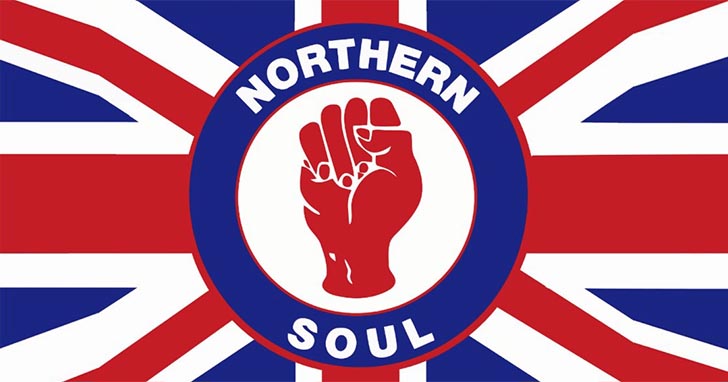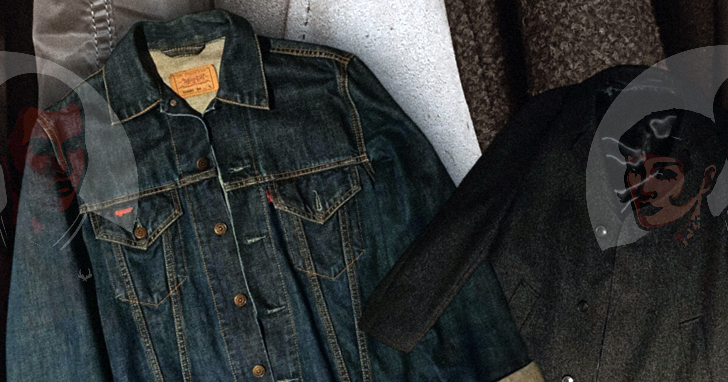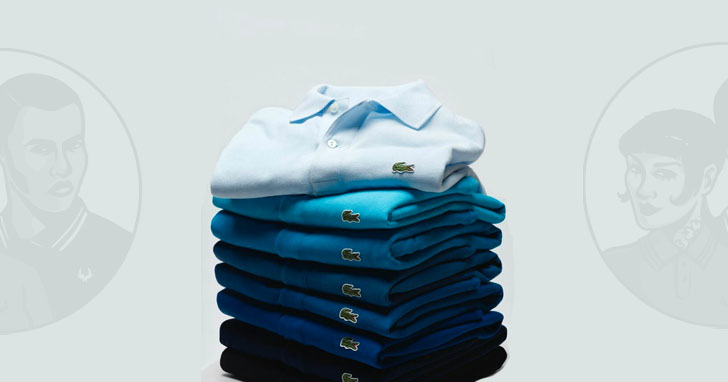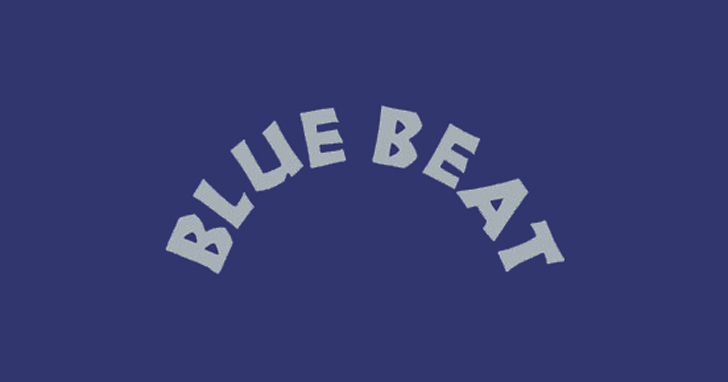Northern Soul, a subculture born in the dancehalls of Northern England during the late 1960s and early 1970s, has left an indelible mark on the world of music and social movements. People who liked Northern Soul loved American soul music and made a fun community around it. They enjoyed listening to rare songs, dancing all night, and feeling like they belonged together.
Northern Soul grew from another music scene called mod, which was popular in the 1960s. But Northern Soul fans were more into American soul music. They liked finding songs that not many people knew about, especially singles and B-sides with a lot of energy and feeling.
The music
Central to the Northern Soul movement was its distinctive musical taste. DJs and collectors scoured record stores and import shops for obscure singles and B-sides, favoring lesser-known artists and labels. These tracks, often released by smaller, independent record labels, became cherished for their rarity and authenticity. From the heart-wrenching ballads of Motown to the gritty rhythms of Detroit and Chicago, Northern Soul encompassed a wide range of soul music, united by its ability to move the soul and ignite the dancefloor
Among these luminaries, Edwin Starr stands tall with his powerhouse vocals on tracks like “Agent Double-O-Soul” and the anthemic “25 Miles.” Gloria Jones, celebrated for her soulful delivery, enchants listeners with classics such as “Heartbeat” and “Come Go with Me.” Dobie Gray’s smooth voice shines in hits like “Out on the Floor” and “The ‘In’ Crowd,” while Frank Wilson’s elusive single “Do I Love You (Indeed I Do)” remains a prized gem in Northern Soul collections.
Examples are bands like The Velvelettes, known for their infectious harmonies, infuse the scene with energy through tracks like Needle in a Haystack and He Was Really Sayin’ Somethin.” Meanwhile, The Supremes’ Motown classics find new life in Northern Soul circles, with hits like You Keep Me Hangin’ On and Love Is Like an Itching in My Heart keeping the dancefloor alive with their irresistible melodies.
Northern Soul wasn’t just about the music; it was a way of life. All-nighters at venues like the Wigan Casino and the Twisted Wheel in Manchester became legendary, where dancers would gather to sweat, spin, and lose themselves in the rhythm. The scene fostered a sense of belonging among its participants, transcending social divides and providing a sanctuary for those seeking solace and connection through music.
Fashion and identity
Like any subculture worth its salt, Northern Soul had its own distinct fashion. Sharp suits, polished shoes, and intricate patches adorned the dancers, reflecting a blend of mod influences with a unique Northern twist. Yet, it wasn’t just about the clothes; it was about the identity they represented. Northern Soul offered a sense of belonging and camaraderie, where individuality was celebrated, and self-expression was paramount.
Legacy
While the heyday of Northern Soul may have passed, its legacy endures. Its influence can be heard in the music of subsequent generations, from the indie bands of the 1980s to the contemporary artists of today. Moreover, the spirit of Northern Soul lives on in the dedicated collectors and enthusiasts who continue to keep the flame alive, sharing rare tracks, organizing events, and passing on the tradition to new generations
Northern Soul is more than just a music genre or a subculture; it’s a testament to the enduring power of music to unite, inspire, and uplift. Its impact reverberates through time, reminding us of the transformative potential of a few chords and a beat. So, whether you’re a seasoned aficionado or a newcomer to the scene, take a step onto the dancefloor, feel the rhythm coursing through your veins, and let the soul of the North move you.

 Kara
Kara  Between Crombie And Denim: The Little Details
Between Crombie And Denim: The Little Details  The Lacoste story
The Lacoste story  The Blue Beat story
The Blue Beat story